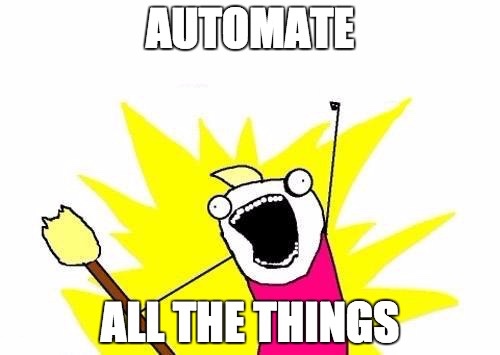Introduction

Problem Statements
- Pros and cons in the Internet search engines, passive DNS/SSL services:
- e.g. I can find CVE-xxx in X but not Y.
- Data management. (How do you manage search results?)
- Searching is boring and human error is inevitable.
Mihari Is to Rescue
- One Sigma-like rule to rule multiple services like the One Ring.

- SQL database based data management.
- Automate all the things!

Use Cases
- C2 tracking
- ASM?
- Bug Bounty/Pentest?
User's Voice
Mihari is single-handedly one of the most helpful and versatile tools a CTI analyst can have in their toolkit and repertoire. It removes the complexity of needing to develop custom tooling, and provides a simple yet coherent mechanism through which to develop a collections programme leveraging services such as Censys, Shodan and VirusTotal. Combined with Shimon, Mihari is the definitive tool for tracking malicious infrastructure.
Mihari’s extensible nature, including its API, ensures it remains flexible enough to integrate within existing analysis pipelines. Ultimately, Mihari can help reduce a CTI teams’ reliance on vendor IOC feeds, by allowing teams to rapidly develop and automate their own high-fidelity collections to meet specific organisational intelligence requirements and priorities.
Sajid Nawaz Khan, Principal Analyst, FTSE 100 (@snkhan@infosec.exchanges)
References
- INES by Félix Aimé (ex-Kaspersky GReAT)
- Developed to help run continuous queries on services like Censys/Shodan.
- 3c7/infrastructure-tracking-schema
- The goal is to have a common rule schema that allows querying a variety of services and chaining those queries together.
- InQuest/ThreatIngestor
- Extract and aggregate threat intelligence.
Alternatives
- projectdiscovery/uncover
- Quickly discover exposed hosts on the internet using multiple search engines.
- projectdiscovery/nuclei
- Fast and customizable vulnerability scanner based on simple YAML based DSL.